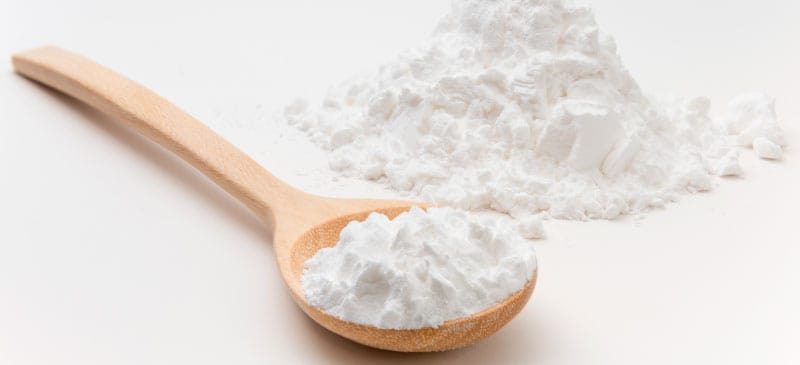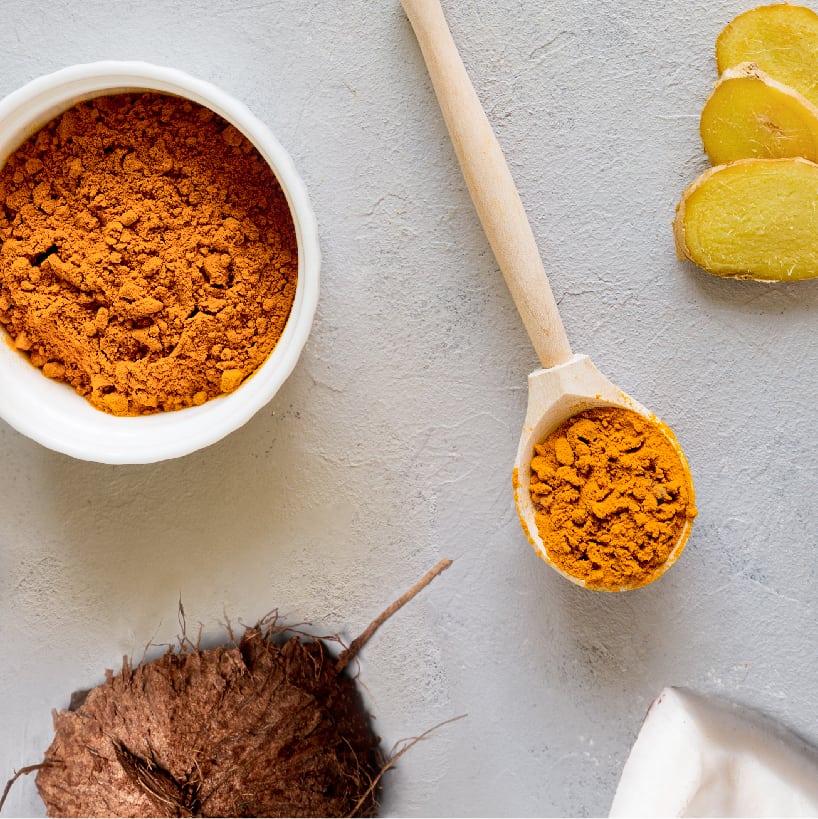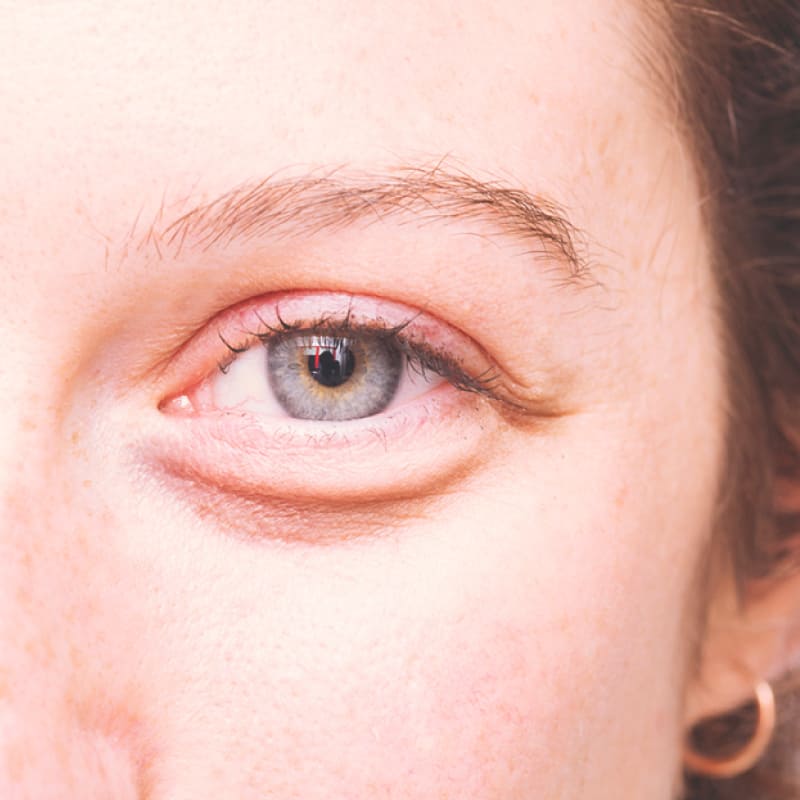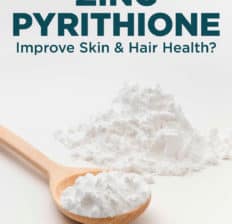This Dr. Axe content is medically reviewed or fact checked to ensure factually accurate information.
With strict editorial sourcing guidelines, we only link to academic research institutions, reputable media sites and, when research is available, medically peer-reviewed studies. Note that the numbers in parentheses (1, 2, etc.) are clickable links to these studies.
The information in our articles is NOT intended to replace a one-on-one relationship with a qualified health care professional and is not intended as medical advice.
This article is based on scientific evidence, written by experts and fact checked by our trained editorial staff. Note that the numbers in parentheses (1, 2, etc.) are clickable links to medically peer-reviewed studies.
Our team includes licensed nutritionists and dietitians, certified health education specialists, as well as certified strength and conditioning specialists, personal trainers and corrective exercise specialists. Our team aims to be not only thorough with its research, but also objective and unbiased.
The information in our articles is NOT intended to replace a one-on-one relationship with a qualified health care professional and is not intended as medical advice.
What Is Zinc Pyrithione? Plus Why It’s Used for Skin and Hair
September 10, 2022

Zinc pyrithione has been used topically for inflammatory skin conditions for more than 50 years. It has become one of the most common ingredients for improving issues like dandruff and seborrheic dermatitis.
Today, it’s added to a range of skin and hair products, including shampoos, face washes and creams. Look at the ingredient list of any product made to fight fungal or bacterial infections that affect the skin and you’re sure to see this common and impressive ingredient.
What Is Zinc Pyrithione? (Plus Types)
Zinc pyrithione (also called pyrithione zinc or ZPT) is known as a “coordination complex” of zinc and pyrithione. It’s used as an ingredient in skin care and hair products because of its antibacterial, antifungal and antimicrobial properties.
ZPT is found in several skin and hair products, including the following:
- Zinc pyrithione shampoo: Shampoos containing ZPT is used for the ingredient’s anti-dandruff properties. It helps kill fungus or bacteria that causes red, itchy and flaky scalp.
- Zinc pyrithione face wash: Because of its antimicrobial properties, pyrithione zinc face wash helps improve acne and relieve symptoms of skin issues, such as eczema, seborrheic dermatitis and psoriasis.
- Pyrithione zinc soap: Like face washes, body soaps medicated with pyrithione zinc have antifungal, antibacterial and antimicrobial effects. Skin conditions like seborrheic dermatitis affect areas of the body beyond the face, like the upper chest, back, neck and groin. For these issues and others caused by inflammation, ZPT soap may be helpful.
- Pyrithione zinc cream: For rough patches on the skin or dry skin caused by conditions like psoriasis, ZPT cream can be used for its moisturizing effects.
Benefits/Uses
Pyrithione zinc can be used daily as an ingredient in an over-the-counter or prescription product. If it causes dryness to the scalp or skin, rotate using the ZPT product with a non-medicated product.
The top benefits and uses of pyrithione zinc include:
1. Has Antibacterial Effects
Research published in the Journal of Drugs in Dermatology indicates that the particles in ZPT interact with surface fungal and bacteria cells to control their population. By fighting the growth of these invaders, ZPT improves conditions that impact the skin and scalp.
2. Works as an Antifungal Agent
ZPT is the most widely used ingredient in medicated shampoos and soaps because of its powerful antifungal effects. Research shows that pyrithione zinc is delivered as a micro-particle into the inner layers of skin, allowing it to inhibit fungal activity and improve inflammatory skin conditions, such as fungal acne and dandruff.
3. Reduces Dandruff
A 2018 study published in Scientific Reports found that ZPT inhibits the growth of M. restricta, a fungus that commonly causes dandruff. Researchers found that pyrithione zinc treatment significantly reduced the expression of enzymes that’s activity contribute to the survival of these fungi on human skin.
ZPT also proved to improve dandruff by increasing cellular zinc levels.
4. May Improve Hair Growth
A controlled trial published in the British Journal of Dermatology found that 1 percent pyrithione zinc shampoo improved hair growth when it was used daily for 26 weeks. Researchers believe that this may be due to ZPT’s antifungal and antibacterial effects.
5. Soothes Skin Irritation and Itchiness
Research indicates that ZPT inhibits the growth of fungus and antimicrobials that cause uncomfortable skin conditions. It helps relive itchiness, redness and irritation that often come with inflammatory conditions, like fungal acne, dandruff, psoriasis and seborrheic dermatitis.
6. Regulates Oil Production
Conditions like seborrheic dermatitis can cause skin dryness and oiliness at the same time. By inhibiting the growth of yeast that causes this condition, ZPT helps regulate oil production in the skin and improve the greasiness that can be associated with it.
Risks and Side Effects
Pyrithione zinc is commonly used in over-the-counter products, including shampoos, creams and soaps. It’s considered safe when used topically in normal, recommended amounts.
There are some possible side effects when using ZPT, including redness and a burning sensation, especially in sensitive areas like the eyes and nose. If you experience any adverse effects, stop using the product immediately.
Do not swallow ZPT, and if you do, contact your health care professional.
Pyrithione Zinc vs. Selenium Sulfide
Both pyrithione zinc and selenium sulfide are commonly used in anti-dandruff shampoos because of their antifungal properties. Selenium sulfide inhibits the growth of yeast on the skin, including the scalp. It’s available in shampoos and body products both over the counter and as a prescription.
Compared to ZPT, selenium sulfide is known to be stronger and can be irritating, especially for people with sensitive skin.
Conclusion
- Pyrithione zinc is known as a “coordination complex” of zinc and pyrithione.
- It’s used as an ingredient in skin care and hair products because of its antibacterial, antifungal and antimicrobial properties.
- ZPT is most known for its use as an anti-dandruff agent. It soothes the scalp, inhibits the growth of fungus and improves the overall appearance of your hair. It can also be used on the face and other parts of the body that are affected by inflammatory skin conditions.
Comments
Please keep comments under 200 characters.












Will try ZPT also Selenium sulfide in an effort to eliminate skin mites
Anyone know if this helps prevent reoccuring Hidradenitis suppurativa?
Hi Reese,
I have been using an anti-dandruff shampoo and it has greatly reduced my hairloss besides clearing away the dandruff.Zinc pyrithione, I am yet to try it.
Just wanted to know if Pyrithione Zinc causes hair loss?
Dear,
My name is kwagala koseya from Uganda. I am inquring about the percenatge usage rate level of zinc pyrithione in antidandruff shampoo, hair cream and hair food.
Hi Dr. Axe,
I have been hoping to try Pyrithione Zinc for my scalp. I was prescribed Ketoconazole for seborrheic dermatitis but had a horrible hives reaction so I only used it once. After looking into Pyrithione Zinc, I read that it’s been banned in the EU. Any thoughts on why or if it is still a recommended treatment? I’ve tried essential oils with no improvement. Thanks!